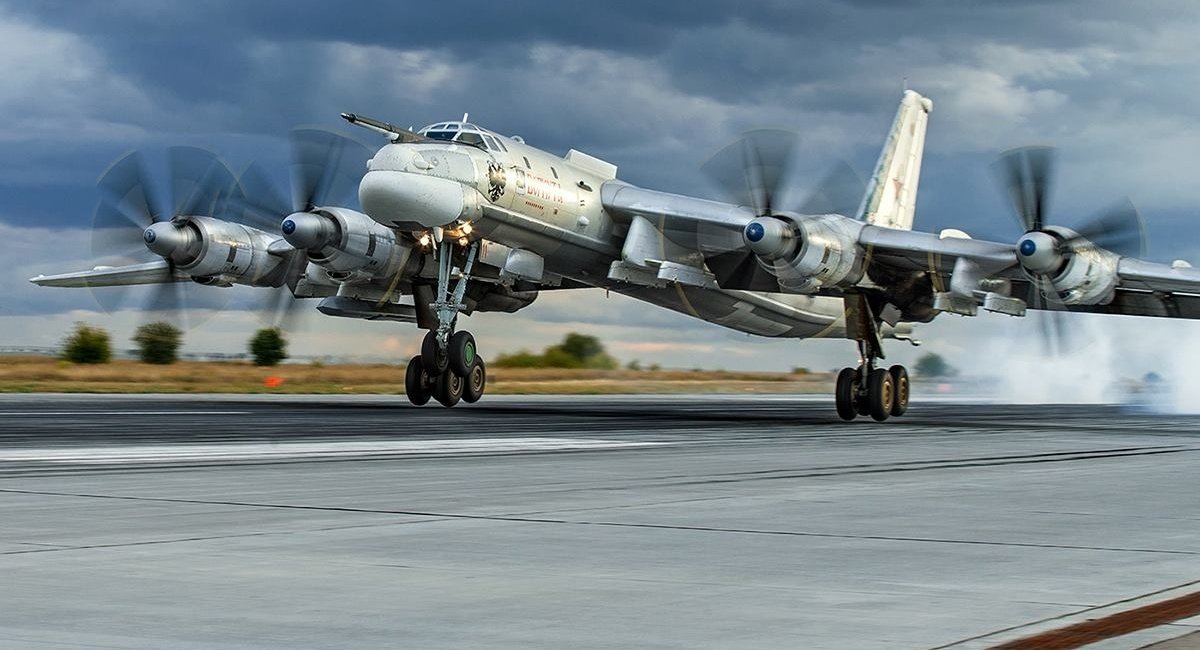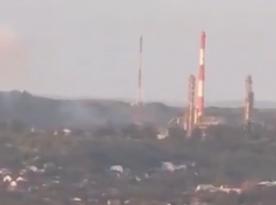Since April 28 this year, russia has launched six large-scale missile attacks on Ukraine using cruise missiles discharged from the sea, land, and aircraft. One of these attacks also involved a combined shelling with cruise and ballistic missiles, including the Kh-47 Kinzhal hypersonic missile.
Over these 21 days, according to the Ukrainian Air Force Command, russian forces fired more than 84 cruise missiles (the exact total number of missiles launched during the May 14th attack is unknown but three of them were intercepted), 7 hypersonic missiles (incl. the one-missile attack on May 4th), and 3 ballistic missiles of unknown type, most likely, the ones either to the Iskander or the S-400 systems.
Read more: The Strategic Impotence of the Kremlin: What's Wrong with the russian Airbase Olenya
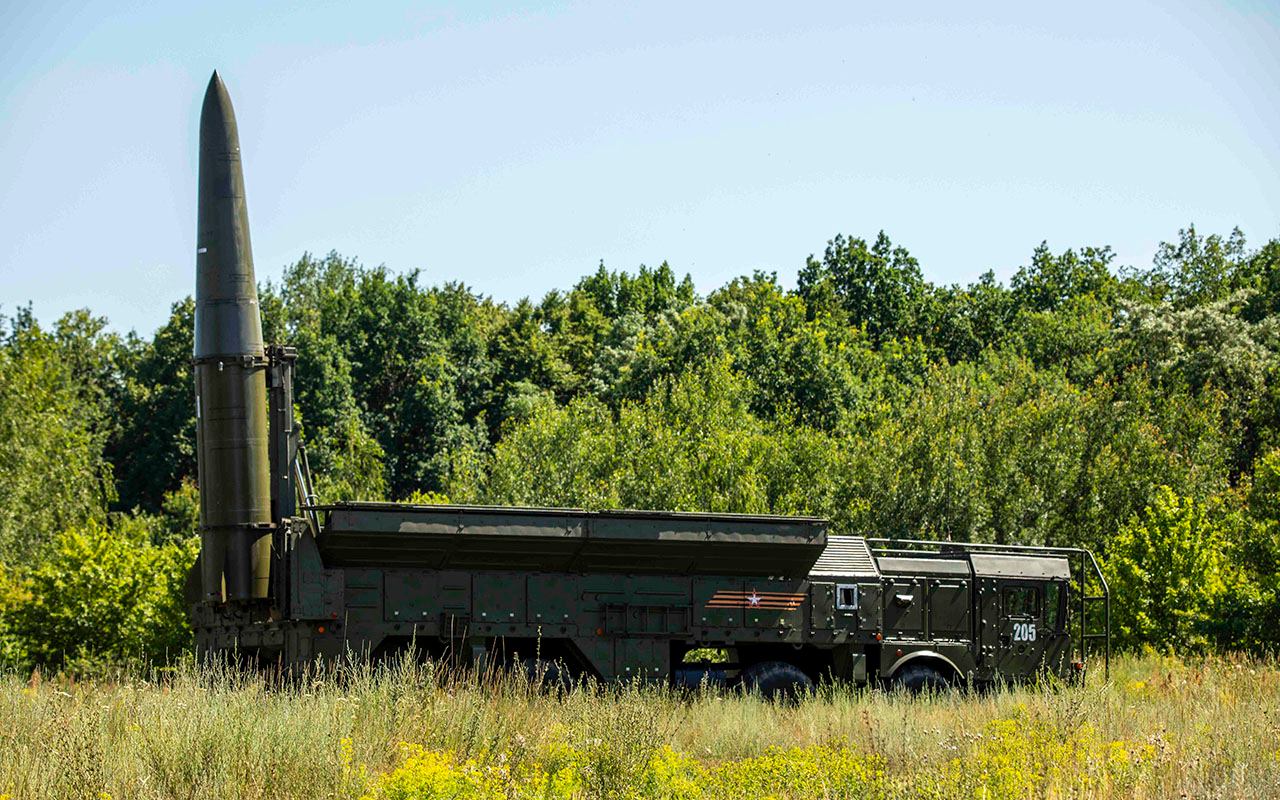
Fired alongside kamikaze drones, these missile attacks have their primary objective to terrorize the civilian population with almost everyday shellings and explosions. But if we stop counting air raid alerts and attacks for a second and take a look at the number of missiles involved in each salvo, we will notice a slightly different general picture.
Specifically, during the russian missile campaign against Ukraine in autumn-winter that lasted from October 10, 2022, to March 9, 2023, russians used 896 cruise missiles in total:
- in 21 days of October, they launched 201 cruise missiles in 4 salvos;
- November – 184 in three salvos;
- December – 236 in four salvos
- January – 93 in two salvos
- February – 107 in two salvos
- March – 75 in a single salvo
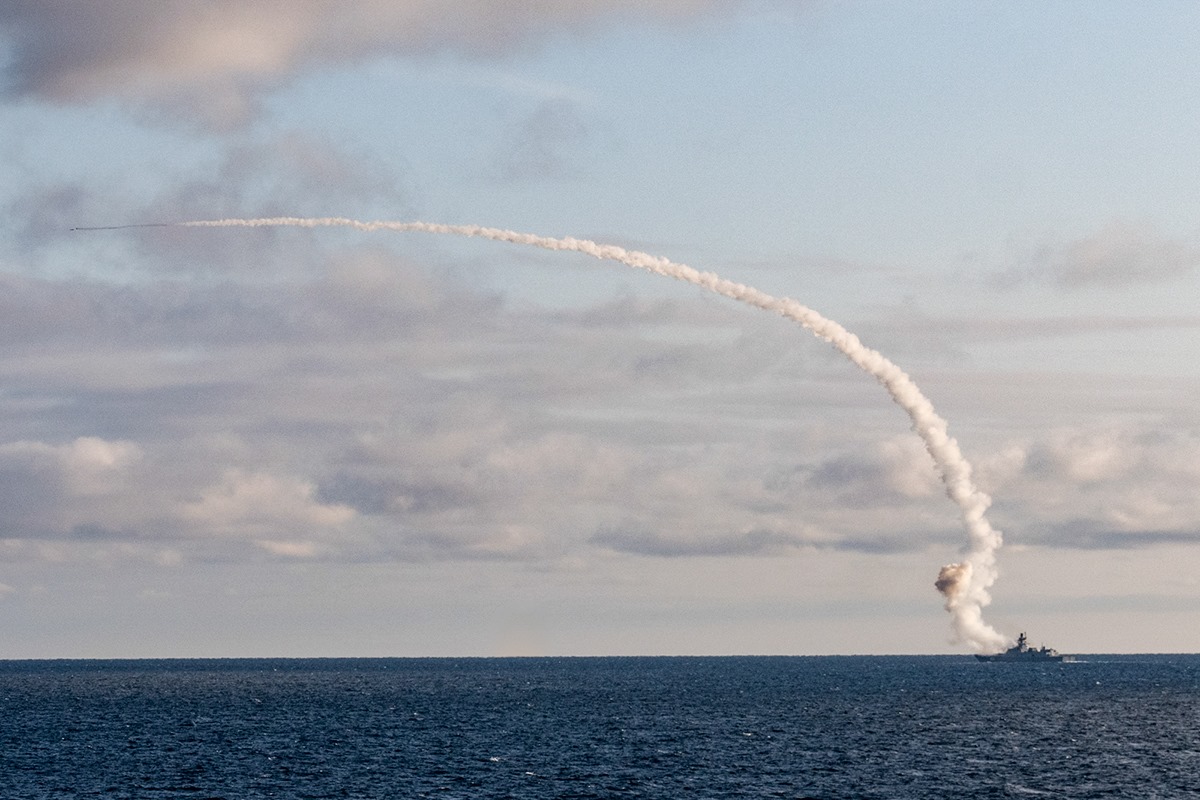
After that, russians "took a break" in mass shelling which lasted from March 9 to April 28. The overall impression was that the missile attacks stopped. Furthermore, there was an assumption that this way, the Kremlin wants to build up a stock of missiles to repeat the big shelling campaign starting in autumn 2023.
But apparently, the aggressor decided to continue terrorizing civilians with regular bombardment. Although this time, 21 days into the new series of attacks and past seven waves of incoming missiles, the russians have spent fewer weapons than over the same period in the past.
The average salvo during the previous missile campaign lasting from October 2022 to March 2023 consisted of 57 cruise missiles. On the other hand, an average salvo starting April 28 is around 18 missiles.
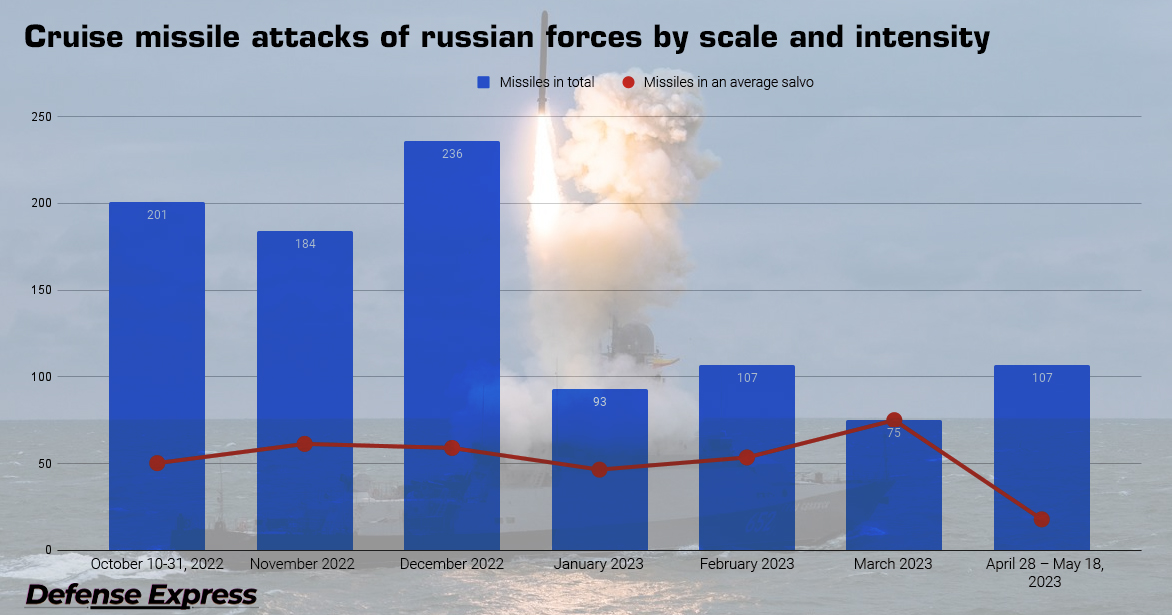
The bottom line is, the russians decreased the number of missiles in a salvo by four times, however, increased the intensity of attacks in general by 1.5 – 2 times. these tactics also reduce the effectiveness of each strike because intercepting 70 missiles at once in a single salvo (which happened a lot previously) is much harder than taking down 20 – 30 cruise missiles.
Nonetheless, it is not relevant if Ukrainian air defense manages to take down most of the missiles with 96% effectiveness when the primary russian objective is to intimidate the population and spread panic. And the russians also don't see a problem sending their strategic bombers almost empty, with one or two missiles instead of a dozen for these daily shelling missions.
Read more: What is the Real Price of russian Missiles: About the Cost of 'Kalibr', Kh-101 and 'Iskander' Missiles




